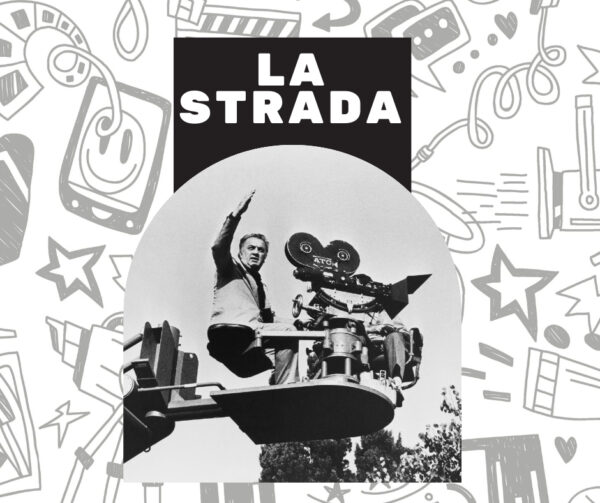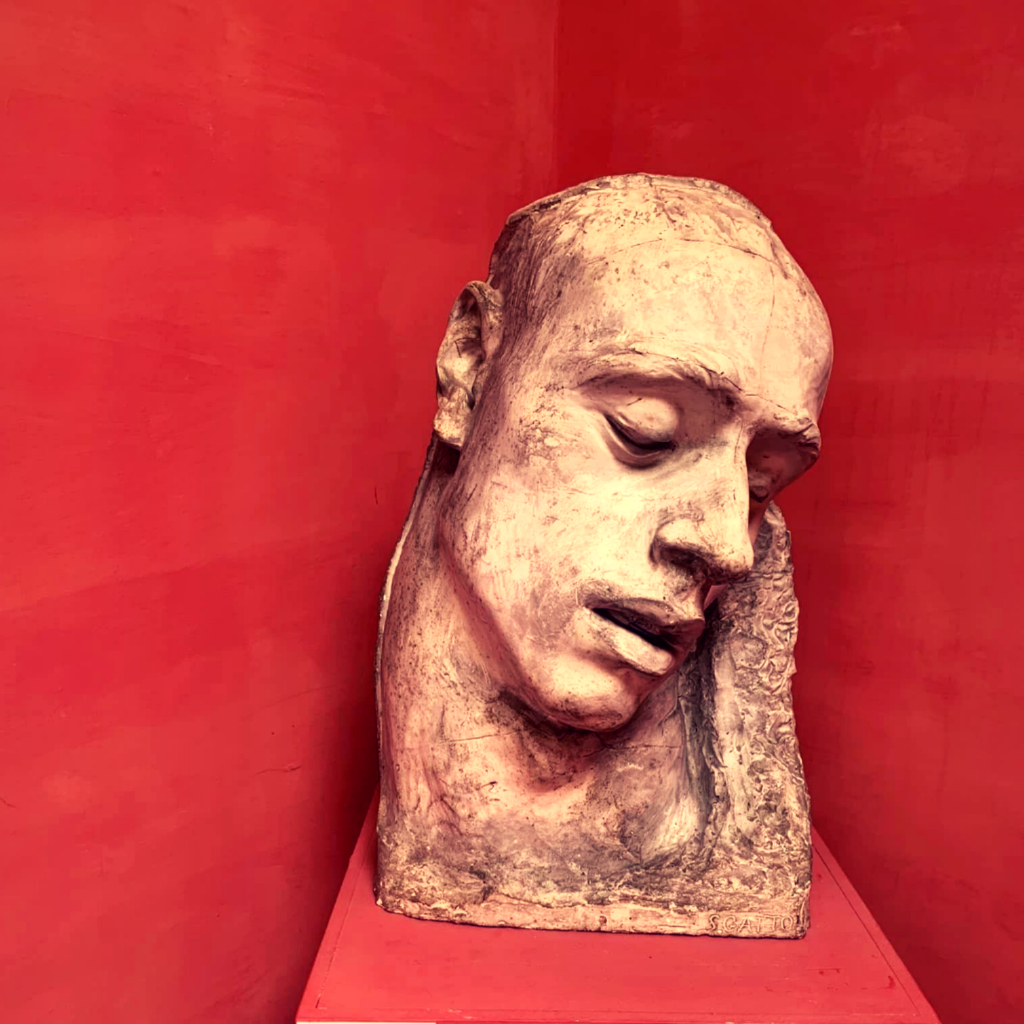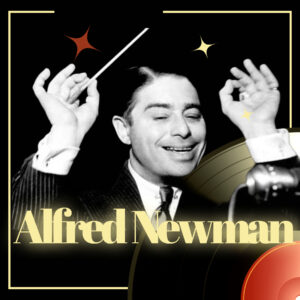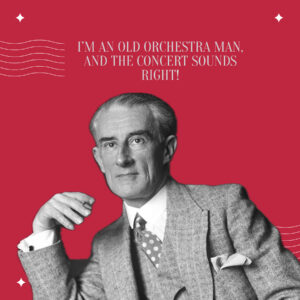
One of Fellini’s bestselling masterpieces is La Strada (1954). Richard Basehart, Giulietta Masina, and Anthony Quinn all appear in the film. Masina and Quinn give impressive performances as Zampan and Gelsomina. In 1957, La Strada won the Best Foreign Language Film Oscar. It is still one of the very few non-English movies to receive this award.
The search for meaning and themes of love and loss are all handled in the movie. Through Gelsomina and Zampan’s journey, La Strada exposes the complicated nature of connections between people. Fellini found inspiration in his own early experiences working in a circus. The plot of the movie gains depth and authenticity because to this personal connection.
La Strada showcases Fellini’s unique visual style. The film features breathtaking cinematography and striking imagery, creating a visually stunning experience for viewers.
La Strada played a significant role in Fellini’s rise to prominence in the neorealist movement. The portrayal of Gelsomina by Giulietta Masina has had a profound effect on audiences all over the world; the character has evolved into an iconic symbol of fragility and innocence. Viewers from many generations continue to be moved by the movie’s investigation of human nature.
Yeah, unfortunately, the movie was too long. We cut a long walk of the little nun who showed the convent in Jasmine as if it were a palace, while it was a miserable building. She explained to her that in the early days she was not well in the convent, that she wanted to leave, but one night she had dreamed of the Virgin who had told her: Depart, if you want, but where will you go? Since those words were very similar to those addressed to her by the Fool, Jasmine misunderstood that it was the same message. This time she was told through the little nun: she had to stay with Zampanò.
Another scene that I loved very much was cut. It took place after the wedding, in the stable, with a small newborn lamb. While Zampanò is with the other woman, Gelsomina goes to the stable, and discovers the little lamb trembling; then she asks a boy who is there why the lamb trembles; since the boy thinks she is crazy, to make fun of her, She replies that it is because the little lamb sees spirits at night. Since even Jasmine is afraid at night, he takes a liking to the little beast and speaks to her for a long time.
There was also another scene cut before the one that took place in the stable. Zampanò and Gelsomina, were in a bar before doing their circus act. Jasmine had fallen asleep and, to wake her, Zampanò put her head under a jet of very cold water and offered her a cup of coffee. At that moment, they looked at each other for the first time, and Jasmine was a little scared. Walking out of the café, Zampanò noticed that there was no more petrol in the motorbike and forced Gelsomina to push the caravan to a gas station.
[…] Making a film means finding a balance between the idea and the suggestions of reality. In the Road it was also a question of merging a moral idea and aesthetic inspirations: my child terrors, my complexes, and certain personal experiences of a moral order. The tone and ‘color’ of the film came after knowing the climate: the farmers and the small villages of the countryside; the fact of having gone to explore for two years all over Italy. Why you can’t do without reality.
Resnais asks, “When I read the original script for The Road, I realized there were missing scenes in the film. Did you cut them voluntarily or at the request of the manufacturer?” In 1955, the Editions du Seuil dedicated a volume to the film “La strada” in which a young (and unsigned) author interviewed the Italian director and his wife. It was Alain Resnais, then unknown, who would tell years after the meeting.
Before the role of Gelsomina, I had played small roles in the cinema. I had accepted them because I thought I was getting the most out of them. I tried to give character to each role I played by using very particular accessories: the hat with a long feather of Variety Lights, the boots and the umbrella of the White Sheik.
[…] Later I played the role of Melinda in Variety Lights, it was the first film Fellini directed, with Lattuada. It was a character role. I imitated Verdi, Garibaldi. I would appear and disappear behind a table, with different clothes every time, incredible beards. I really liked this role at Fregoli, it’s what I preferred before Gelsomina. (…) The script for the film was only given to me on the first day of shooting. Fellini feared that I would start “working” the character before filming began. He wanted me to keep my spontaneity. I understood the essence of the character of Jasmine but in a more romantic and even more traditional sense than Fellini. He was the one who directed my performance from top to bottom.
And then, the first few days of shooting, Fellini was forced to remind me all the time to smile with my mouth shut. In fact, Jasmine could not smile except with her mouth closed, because an open smile would correspond to something that does not exist in Jasmine. She is closed, secret; only in her eyes you can see an open expression. This way of smiling with my mouth closed, I had it when I was little. Fellini had noticed it in a photograph
Giulietta Masina. In 1955, the Editions du Seuil dedicated a volume to the film “La strada” in which a young (and unsigned) author interviewed the Italian director and his wife. It was Alain Resnais, then unknown, who would tell years after the meeting.
Anthony Quinn built his 60-plus-year film career on being the screen’s foremost exotic “other.” He went from playing a Cheyenne for his father-in-law Cecil B. DeMille to a Chinaman, Spaniard, Italian, Hun, Eskimo, Frenchman, and Arab. He played Greeks from Zeus through Ulysses to Zorba, and occasionally he even played a Mexican, which he was by birth. Appropriately, he won an Oscar as Marlon Brando’s brother in Elia Kazan’s Viva Zapata! He had inherited Brando’s role of Stanley Kowalski in Kazan’s stage production of A Streetcar Named Desire, an early exercise in Zampano-like (albeit New Orleans-Polish) brutishness. Fortuitously, Quinn was making several pictures in Rome when Fellini was casting La Strada, and Roberto Rossellini recommended the actor, who offered the younger director someone with what one critic called the perfect “lust for overacting”.
Nino Rota wrote the soundtrack for La Strada. The emotional resonance of the movie is perfectly matched by Rota’s music.



